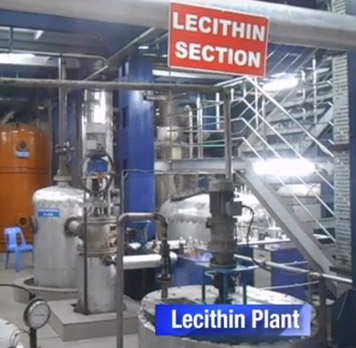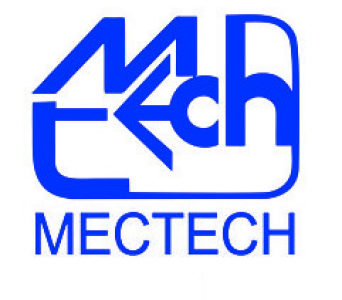WHAT IS-
- A natural ingredient mainly extracted from soybean.
- Occur in edible oils as naturally occurring phospholipids with excellent surfactant and nutraceutical properties
- Contains a range of emulsifiers, stabilizers and release agents.
- Lecithin-of food grade- used as a feed material in cosmetic industry, pharmaceuticals and in food processing as emulsifiers.

MEDICAL BENEFITS-
- Lowers cholesterol.
- Improves heart health.
- Aids breastfeeding mothers.
- Helps improve digestion.
- May fight dementia symptoms.
Soothes and moisturizes skin
IMPORTANT PARTS OF THE PROCESS-
- Liquid lecithin is extracted with the addition of ethyl alcohol. Leads to the formation of two layers a) one layer rich in PC-35 b) other rich in PC-10.
- Decantation separates two layers into two separate vessels, before separate ethanol recovery for each layer.
- Final residue PC-35 and PC-10 respectively, can be sold-as value addition from waste
- Entire extraction process requires no chemical reactions,
- One tonne of Liquid lecithin fetches 200 kg of PC-35 and 800 kg of PC-10.
- Prior extraction, crude lecithin is pre-treated so that the peroxide number is lowered along with microbial count.
- The entire extraction process performed with acetone solvent. After pre- treatment, lecithin extracted in dual stages along with the precipitation of acetone insoluble i.e. lecithin.
- custom designed extractor ensures rapid and efficient extraction.
- The miscella, after extraction is withdrawn into a miscella tank
- thick solid slurry is transferred to a decanter feed tank.
- The acetone is recovered from the miscella in the acetone recovery system for further reuse.
- The soya oil left out after acetone recovery another value from waste the thick solid slurry is decanted In the decanter feed tank, within a high-speed centrifuge, filtering out the acetone and the solids.
- The separated solids are carried for drying and on the other side; the separated acetone is transported to the miscella tank.
- A two staged closed loop continuous fluidized bed dryer is utilized to dry the acetone wet solids.
- PLC controlled system-the drier custom designed with a nitrogen generator for micro precision controls.
- The deoiled lecithin powder generated from the drying system micronized, sieved and packed to be used in food and pharma industry.
TYPES OF APPLICATIONS-
- Serves as a predominant raw material in the food and pharmaceutical industry.
- Phosphatidylcholine enriched fraction is an excellent oil in water emulsifier
- Phosphatidylinositol enriched fraction is good water in emulsifier and often used is in the chocolate industry.
Conclusion :-
MECTECH ADVANTAGE-
- Continuous operation
- Low oil residue in extracted meal
- High production flow rate
- Less consumption of energy
- Technology based solvent extraction proces
